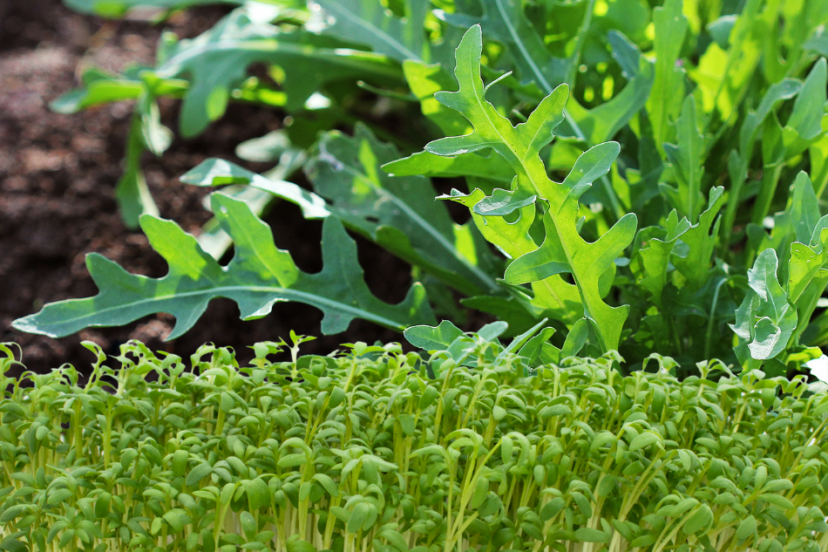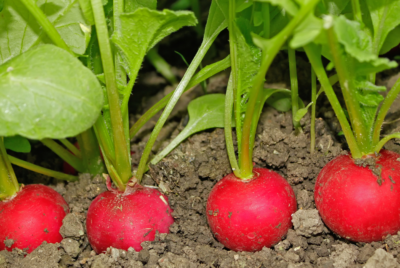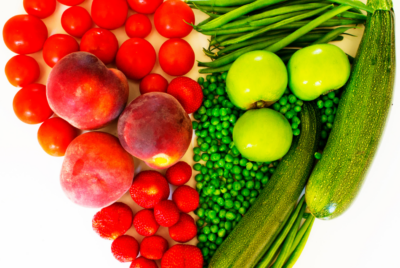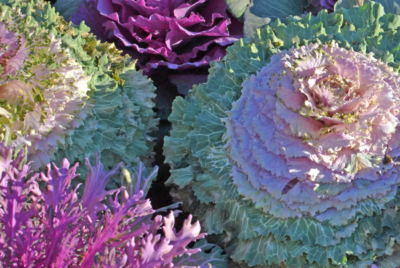Maximize Your Harvest – Companion Planting Arugula With Watercress And Endive
Most gardeners are always looking for ways to maximize their harvest, and combining arugula with watercress and endive is a winning trio! These leafy greens not only complement each other in flavor, but they also thrive together, requiring similar growing conditions and complementing each other’s growth. Discover how to plant and care for these nutrient-dense greens in your garden for a bountiful harvest.
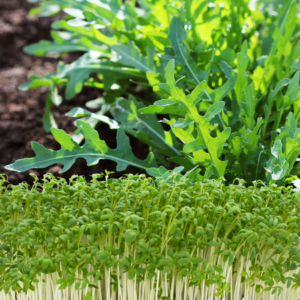
Key Takeaways:
- Companion Planting: Planting arugula with watercress and endive can help maximize your harvest.
- Utilize Space Efficiently: Since arugula, watercress, and endive have similar growth requirements, they can be grown together in the same space.
- Beneficial Interactions: These plants can benefit each other by helping to repel pests or attract beneficial insects.
- Succession Planting: By planting arugula with watercress and endive, you can create a continuous harvest throughout the growing season.
- Harvest Diversity: Mixing arugula, watercress, and endive in your garden allows you to enjoy a variety of flavors and textures in your salads and dishes.
Choosing the Right Conditions
Soil Requirements for Arugula, Watercress, and Endive
Choosing the right soil is crucial for the successful growth of arugula, watercress, and endive. These leafy greens thrive in well-draining soil that is rich in organic matter. A slightly acidic to neutral pH level between 6.0 and 7.0 is ideal for these crops.
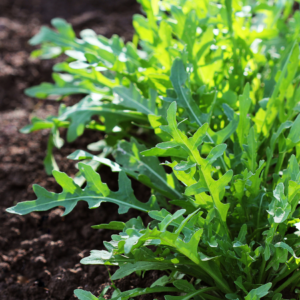
Ideal Climate and Temperature Ranges
An ideal climate for arugula, watercress, and endive is a cool and temperate one. These crops prefer temperatures ranging from 50°F to 75°F (10°C to 24°C). While they can tolerate some frost, prolonged exposure to freezing temperatures can be detrimental to their growth.
| Important Details: | Dangerous Details: |
| Optimal temperature range | Prolonged exposure to freezing temperatures |
| Preference for cool and temperate climate |
Planting and Spacing
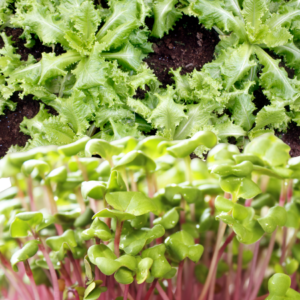
Sowing Seeds for Optimal Growth
Assuming you are planting arugula, watercress, and endive together, ensure you sow the seeds at the right depth for optimal growth. Follow the instructions on the seed packets for each plant, as they may vary. Keep the soil consistently moist until the seeds germinate to promote healthy growth.
Companion Planting Benefits for Arugula, Watercress, and Endive
With companion planting, you can maximize your harvest by taking advantage of the benefits each plant brings to the others. Arugula, watercress, and endive can support each other’s growth by providing shade, attracting beneficial insects, and repelling pests. This symbiotic relationship leads to healthier plants, increased yields, and improved pest resistance for a thriving garden.
Growth: When planting arugula, watercress, and endive together, you create a diverse ecosystem in your garden. Arugula’s peppery leaves can help deter pests from attacking the milder flavors of watercress and endive. Watercress’s ability to grow in water can also benefit the moisture levels for the other plants, while endive’s taller growth can provide shade for the lower-growing arugula and watercress.
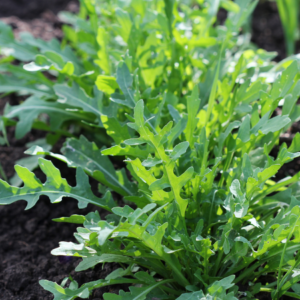
Companion Planting Arugula – Caring for Your Crop
Watering and Irrigation Tips
Despite arugula, watercress, and endive being relatively easy to grow, consistent watering is crucial for a successful harvest. Keep the soil evenly moist, especially during dry spells, but be careful not to overwater as it can lead to root rot. Investing in a drip irrigation system can help maintain optimal moisture levels for your crops.
- Monitor soil moisture levels regularly
- Water in the early morning to prevent diseases
- Ensure good drainage to avoid waterlogged soil
Assume that your plants need about 1 inch of water per week, either from rain or irrigation, to thrive and produce a bountiful harvest.
Fertilization and Pest Control Strategies
An important aspect of caring for your arugula, watercress, and endive is fertilization and pest control. Another key point to keep in mind is to regularly fertilize your crops with a balanced fertilizer to ensure they have the necessary nutrients for growth. Additionally, implement pest control measures such as companion planting, neem oil, or row covers to prevent common pests like aphids or caterpillars.
Another crucial tip is to inspect your plants regularly for any signs of pests or diseases and take action promptly to prevent any infestations from spreading.
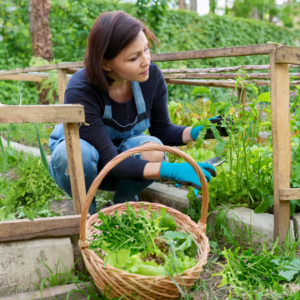
Companion Planting Arugula – Harvesting and Enjoying
Timing Your Harvest for Peak Flavor
Unlike some vegetables that can become bitter or tough if left in the ground too long, arugula, watercress, and endive are best harvested when they are young and tender. One way to ensure you are harvesting at the right time is to taste-test a leaf or two to check for flavor and texture.
Creative Ways to Use Arugula, Watercress, and Endive in Your Cooking
Timing your harvest to coincide with your meal preparation is a great way to enjoy the freshest flavors from your garden. Arugula, watercress, and endive can be used in a variety of dishes, from salads and sandwiches to stir-fries and soups. Get creative in the kitchen and experiment with different flavor combinations to make the most of your harvest.
Creative: Mix arugula, watercress, and endive together to create a nutrient-packed salad. The peppery bite of the arugula, the refreshing crunch of watercress, and the slightly bitter flavor of endive make for a delicious and dynamic combination. You can also sauté these greens with garlic and olive oil for a simple side dish, or add them to a quiche or frittata for a flavorful twist.

Conclusion on Companion Planting Arugula
Upon reflecting on the benefits of planting arugula with watercress and endive, it’s clear that this combination can help maximize your harvest. These three plants complement each other perfectly, providing a variety of flavors and nutrients while also promoting healthy growth. By incorporating them into your garden, you can enjoy a bountiful harvest throughout the growing season. Happy planting!
FAQ’s about Companion Planting Arugula
Q: What is the best way to maximize your harvest when planting arugula with watercress and endive?
A: To maximize your harvest when planting arugula with watercress and endive, it’s important to provide adequate sunlight, regular watering, and proper spacing between plants.

Q: How much sunlight do arugula, watercress, and endive need?
A: Arugula, watercress, and endive thrive in partial to full sunlight for at least 4-6 hours a day. Make sure to plant them in a location that receives ample sunlight.
Q: What is the ideal watering schedule for arugula, watercress, and endive?
A: Arugula, watercress, and endive prefer consistently moist soil, so it’s important to water them regularly, especially during hot and dry periods. Aim to keep the soil evenly moist but not waterlogged.
Q: How far apart should arugula, watercress, and endive plants be planted?
A: When planting arugula, watercress, and endive, space the plants about 6-8 inches apart to allow for proper air circulation and room for growth. This spacing will help prevent overcrowding and promote healthy plant development.
Q: Can arugula, watercress, and endive be grown together in the same garden bed?
A: Yes, arugula, watercress, and endive can be grown together in the same garden bed as they have similar growing requirements. Just make sure to provide adequate sunlight, water, and spacing for each plant to thrive and maximize your harvest.
Top 20 Easiest Growing Vegetables for Beginners to Grow in their Garden
10 Foolproof tips for growing Citrus Trees as a Beginner
Companion Plants for Rose mary

